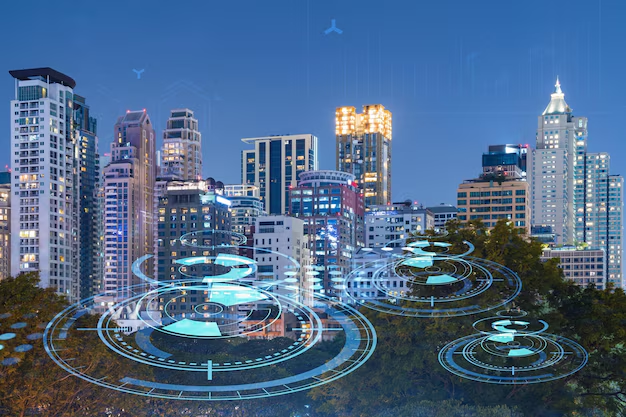Smart Cities and the Role of Architecture in Urban Innovation
Smart cities represent a transformative approach to urban living, leveraging technology, data, and innovation to enhance the quality of life for residents while promoting sustainability, efficiency, and accessibility. Architecture plays a critical role in shaping the physical, social, and technological infrastructure that supports smart cities, facilitating the integration of these innovations into the urban environment. Below are some key ways architecture contributes to urban innovation in the context of smart cities:
1. Integration of Technology into Built Environments
Architecture in smart cities is not just about designing aesthetically pleasing buildings but also about integrating advanced technologies that improve functionality. This could involve:
- Smart buildings equipped with sensors, automation systems, and energy-efficient technologies that adapt to the needs of the users, such as temperature control, lighting, and even waste management.
- Connected infrastructure that supports the Internet of Things (IoT), enabling seamless communication between buildings, transportation systems, and urban services.
- Data-driven design, where architects use data from sensors and other technologies to inform building performance, energy consumption, and user interaction.
2. Sustainability and Environmental Design
Sustainability is one of the driving forces behind smart cities, and architecture plays a pivotal role in reducing environmental impacts. In the context of smart cities:
- Green building design is emphasized, incorporating sustainable materials, energy-efficient systems, and renewable energy sources such as solar panels or wind turbines.
- Urban farming and green roofs are becoming more common, contributing to local food production, reducing the urban heat island effect, and enhancing biodiversity.
- Water conservation techniques, like rainwater harvesting and efficient irrigation systems, can be integrated into buildings and landscapes.
3. Mobility and Transportation Integration
Smart cities rely heavily on efficient transportation systems to reduce congestion and enhance mobility. Architecture can influence this by:
- Designing multi-modal transportation hubs that integrate different forms of transport, such as buses, trains, bicycles, and electric cars.
- Incorporating smart parking solutions that utilize sensors to track availability and optimize parking space usage.
- Facilitating walkable urban environments, where mixed-use developments reduce the need for long commutes, encouraging active transportation like walking or cycling.
4. Resilience and Adaptability
Smart cities must be resilient to challenges such as climate change, natural disasters, and social upheaval. Architecture can support this resilience by:
- Designing buildings and urban spaces that can adapt to changing environmental conditions or emergencies, such as flood-resistant structures or adaptable public spaces.
- Creating multi-functional spaces that can serve different purposes during various times of the day or in different seasons, offering flexibility for residents.
5. Social and Cultural Inclusivity
A successful smart city is one that fosters social interaction, inclusivity, and engagement. Architects can influence this by:
- Designing public spaces that are accessible to all, regardless of age, ability, or socio-economic background. These spaces can encourage community activities, promote social cohesion, and ensure that technology benefits everyone.
- Creating affordable housing that integrates technology and sustainable design, making it accessible for diverse populations.
- Promoting cultural heritage by designing buildings that respect the historical and cultural context of the area, while integrating modern technology to enhance urban life.
6. Smart Governance and Urban Data Management
Architecture plays a role in facilitating smart governance through:
- Designing smart administrative buildings that integrate data analytics, automation, and real-time monitoring systems to improve urban management and service delivery.
- Creating public spaces and platforms that enable citizen engagement through digital interfaces, where residents can interact with local governments and provide feedback on urban development.
7. Public Health and Well-being
Architecture in smart cities can prioritize health and well-being by:
- Incorporating biophilic design elements, like natural light, plants, and green spaces, to reduce stress and improve the mental health of city residents.
- Designing health-focused infrastructure such as fitness centers, pedestrian pathways, and parks that encourage physical activity.
- Ensuring that air quality, water quality, and noise pollution levels are monitored and managed through urban design.
Conclusion
Architecture plays a central role in shaping the future of smart cities. Through innovative design, sustainable practices, and the integration of advanced technologies, architects are creating environments that improve the quality of life for residents while addressing the challenges of urbanization. As smart cities evolve, architects will continue to be at the forefront of creating spaces that are more livable, efficient, and resilient.

